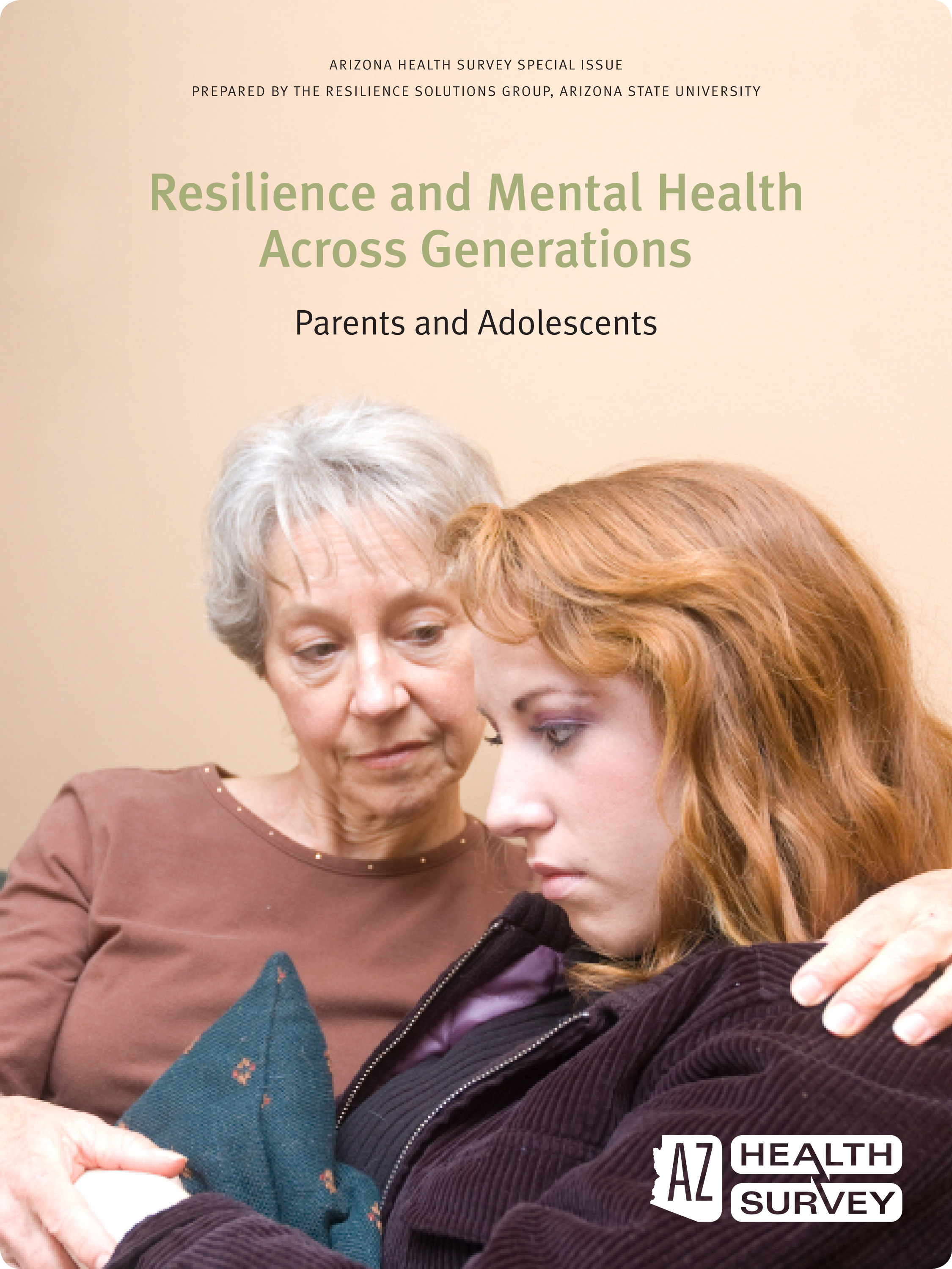Resilience and Mental Health (April 2010)
The current study considered risk, resilience, and health in a subsample from the Arizona health survey 2008 that included adolescents and their parents. Over 21% of children between the ages of 9 and 17 contend with some form of mental disorder (Surgeon General Report, Satcher, 1999). These mental health issues are often seen as a problem of the individual; however, parents, the family environment, and the larger community have been shown to influence children’s adjustment. In addition, although the circumstances that increase an adolescent’s risk of developing a mental disorder may be difficult to avoid (i.e., parental mental disorder, low socioeconomic status), resilience theory offers an approach to examining factors that buffer the adolescent from these negative influences. Resilience is an individual’s ability to function successfully when exposed to an outside risk or threat to healthy functioning (Masten & Coatsworth, 1998). Resilience can be manifest at multiple levels– the individual, the family, and the community (Armstrong, Birnie-Lefcovitch & Ungar, 2005; Rutter, 2002).
